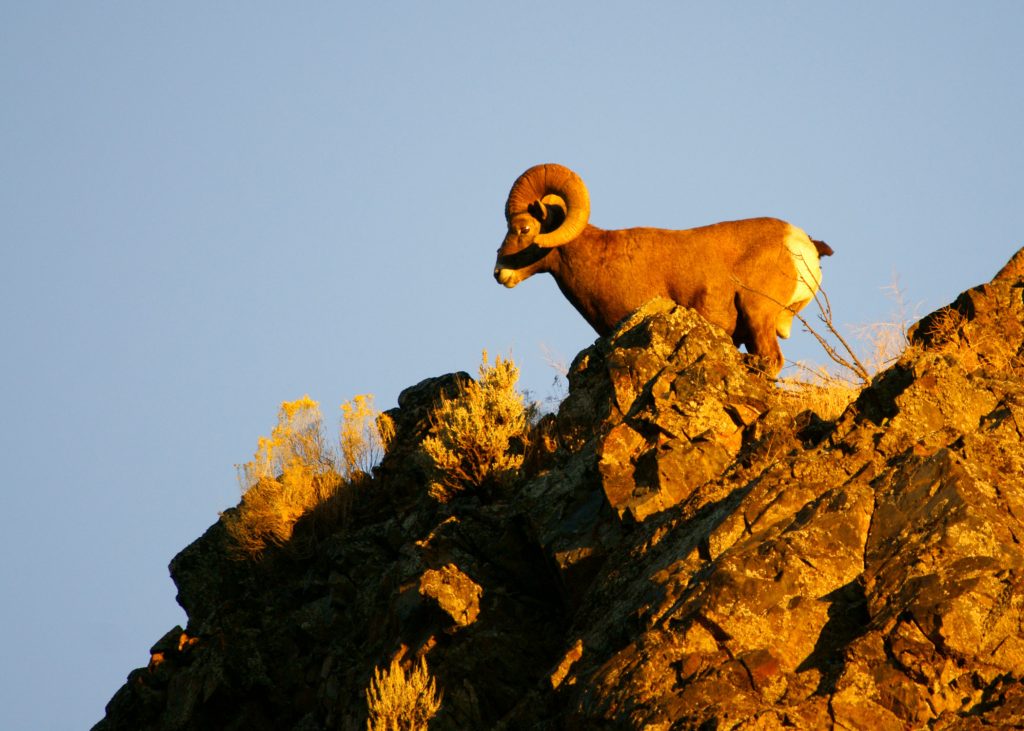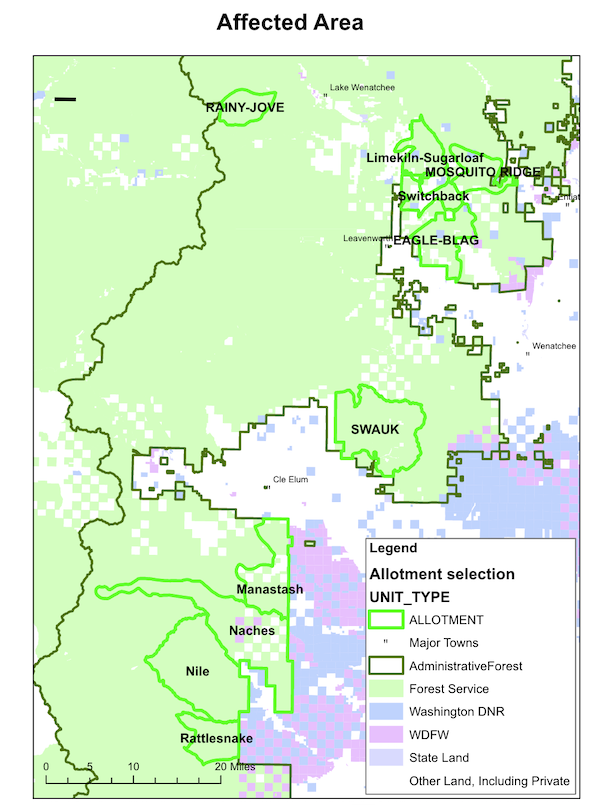Oka-Wen NF Takes Another Look At Sheep Grazing Near Bighorns
THE FOLLOWING IS A PRESS RELEASE FROM THE OKANOGAN-WENATCHEE NATIONAL FOREST
The Okanogan-Wenatchee National Forest is reinitiating scoping for an environmental impact statement (EIS) that would update the existing forest plans direction for the management of domestic grazing allotments.

Washington State has 17 bighorn sheep herds that inhabit grassy mountain slopes, canyonlands, and foothill country in the central and eastern portions of the state. Ten of those herds utilize habitat within portions of the Okanogan-Wenatchee National Forest (Forest).
Since the early 2000s, the Forest has been working to address the interaction between domestic sheep grazing and bighorn sheep population viability on national forest system lands. The Forest published a Notice of Intent (NOI) to prepare an EIS in the Federal Register on May 17, 2019. The purpose for this action remains the same as described in 2019. The analysis will also address new concerns related to existing allotment management plans, evaluate site-specific conditions for each allotment relative to the risk of disease transmission between bighorn sheep and domestic livestock, and identify potential site-specific grazing opportunities which could be made available to existing sheep permittees on the Forest.

The revised proposed action would amend the Okanogan and Wenatchee Forest Plans to identify which existing grazing allotments are suitable or unsuitable for domestic sheep and goat grazing, and develop site-specific allotment management plans for grazing of domestic livestock, including sheep, goats, and cattle.
“Together with the Washington State Department of Fish and Wildlife and USDA Agricultural Research Service, we are working to design a sustainable management approach for both grazing and wildlife,” said Forest Supervisor Kristin Bail. “This analysis will take a holistic and balanced approach to grazing and wildlife management across the Forest by considering social, economic, and natural resource issues.”
In accordance with federal regulations, comments concerning the scope of the analysis must be received within 45 days of publication in the Federal Register. To submit comments, please visit the project comment page: https://cara.fs2c.usda.gov/Public//CommentInput?Project=53257
“We invite interested members of the public to get involved early on in this analysis and want to continue to build on early participation and collaboration efforts with the intent of gathering your input before a final decision is made,” said Bail. “If you had provided comments in the initial round of scoping in May 2019, those comments have been retained and are still valid, so there is no need to resubmit those letters.”
An online public information meeting is planned for March 14 from 6:00 pm to 7:00 pm PDT. For more information or instructions on how to join the public meeting visit the project page: https://www.fs.usda.gov/project/?project=53257 ; project background information, maps and other documents are also posted to this project page.
A draft Environmental Impact Statement is expected in December 2023. A 90-day formal comment period will follow.

